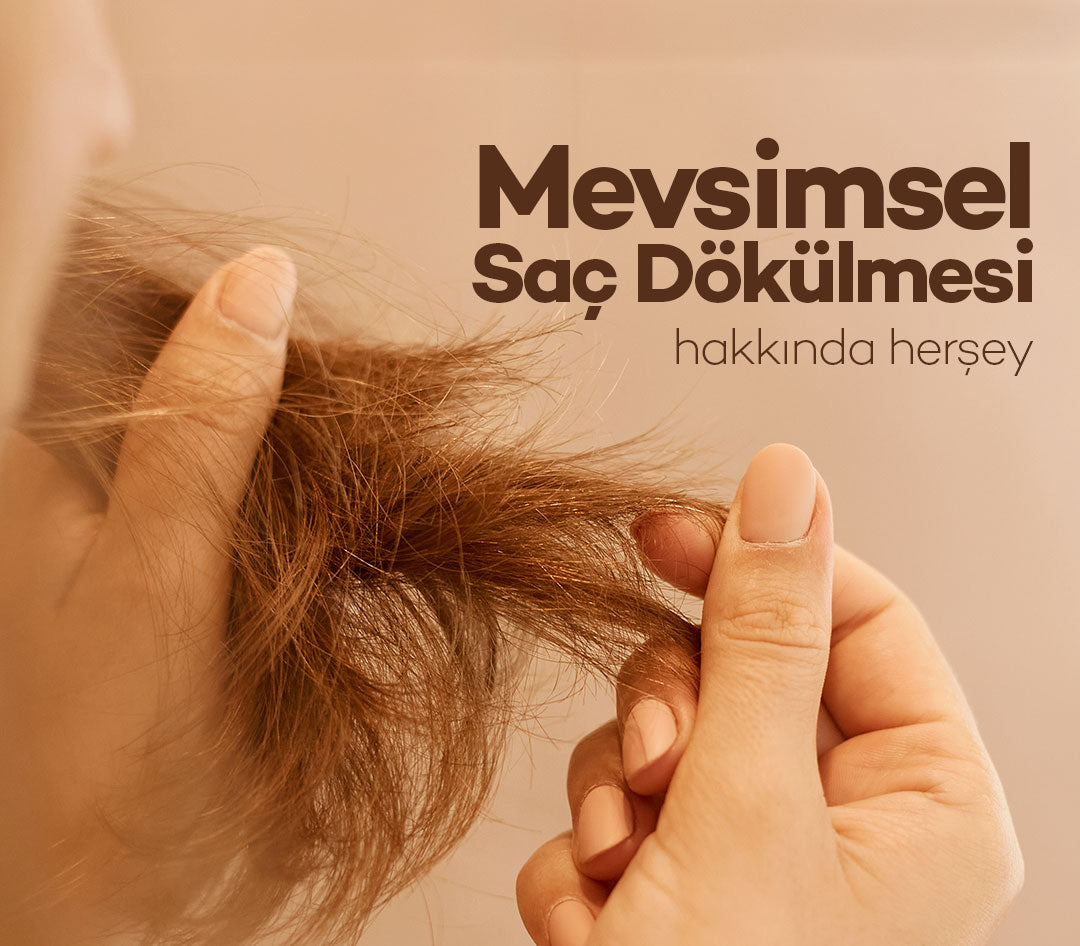Everything about seasonal hair loss
Any type of hair loss can be stressful, but seasonal hair loss is usually not a serious problem. However, the term “seasonal hair loss” is more complicated than you might think, so it’s worth unpacking a bit about what it might actually mean.
What Causes Seasonal Hair Loss?
Seasonal shedding Although the exact reason is unclear, some believe that it is because the hair is subjected to more stress during the summer months, especially in July (sun, sea and pool water, styling products, etc.)… During this time, the hair is in the telogen or resting phase. Hairs in the telogen phase typically fall out after about 100 days. But fear not, a healthy hair follicle returns to the growth phase.
Is My Hair Loss “Seasonal”?
First, more hair loss at the end of summer does not mean seasonal hair loss. In fact, you may be experiencing breakouts from summer habits that are damaging your hair. Summer sun and heat, salty sea water, and chlorinated pool water can damage your hair over time. This hair loss is usually caused by a breakage somewhere in the hair strand rather than the shedding of the hair follicle, and the possible decrease in hair volume looks like hair loss instead of breakage.
These and similar situations, when combined with routine combing and styling, can cause more hair loss than normal. Since this normally occurs at the end of conditions that last throughout the summer, it is usually seen as seasonal hair loss. At the same time, unhealthy diets can also cause hair loss. Some health habits can take a few months to show their effects on your hair. If nutritional changes are not handled healthily, hair loss may increase with climate change.
How Do You Know If You Are Shedding Too Much Hair?
Hair goes through natural cycles of growth, rest, and shedding, so it’s possible to misjudge the situation and attribute it to excessive hair loss when it’s simply a routine phase or the result of some bad (but temporary) health habits. Fortunately, an easy test can help you determine whether the hair loss you’re experiencing is normal, temporary seasonal, or more serious:
- Before washing or combing your hair, spread your fingers wide and slide them down close to your scalp. For best results, do this with the hand you use the most. Close your fingers loosely and then comb your hair from root to tip. Then count the hairs in your hand. This is easier if you place the hairs on a piece of paper. Repeat steps 1-3 five times, focusing on a different part of your scalp each time.
- Before washing or combing your hair, spread your fingers wide and slide them down close to your scalp. For best results, do it with the hand you use most.
- Close your fingers loosely and then comb your hair from root to tip.
- Then count the hairs in your hand. You can do this more easily if you put the hairs on a blank sheet of paper.
- Repeat steps 1-3 five times, focusing on a different part of your scalp each time.
Results:
0-10 Hair – Normal hair loss
11-20 Hairs – Although more than normal, this could be seasonal or temporary hair loss due to poor diet or health habits. Supplements for healthy hair or dietary changes may help.
21+ Hairs – More hair loss than usual. Review any physical strain, emotional stress, and/or health and diet changes you may have been dealing with in the past few months. It may also be a good idea to consult a physician.
How Long Does Seasonal Hair Loss Last?
Hair always goes through cycles of growth, shedding, and resting. Each strand of hair does this on a different schedule. That’s why all your hair doesn’t fall out and grow back at the same time.
However, the warmer weather and increased sunlight in the spring tend to trigger a growth phase for more hair than at any other time of year. Cooler weather usually involves shedding and resting phases. Since hairs typically rest for about three months, this type of seasonal hair loss usually only lasts for three months (a few weeks more or less).
How to Reduce Seasonal Hair Loss?
Not much can be done for seasonal hair loss that is due to normal cyclical shedding. However, when “seasonal” hair loss is a result of summer diet and lifestyle habits and hair breakage, there are a few things that can help reduce seasonal hair loss.
Get your hair cut
This may sound counterintuitive, but a good haircut can make damaged hair look better, especially during the hot season.
Don't tire your hair
If your hair has been exposed to the sun, sea and pool water all summer long, you can prevent further breakage and loss by taking a break from hair dryers, straighteners, curling irons and strong stylers.
Try anti-hair loss products
This includes both nutritional supplements that support hair growth and products that thicken the appearance of hair or are rich in vitamins.







